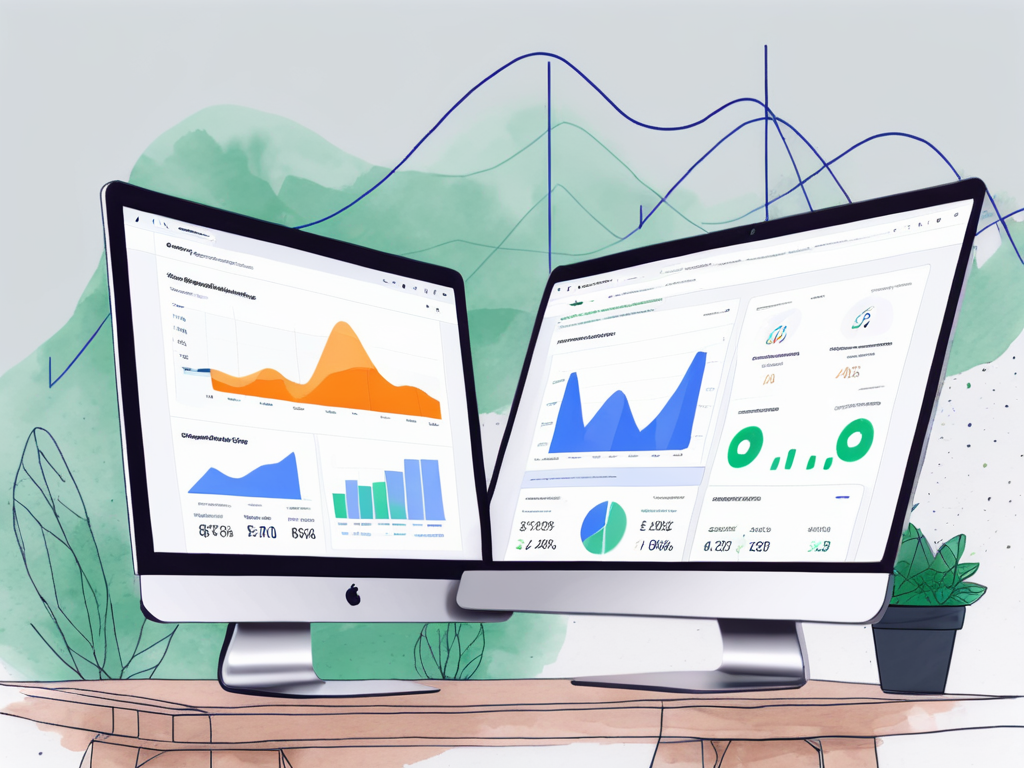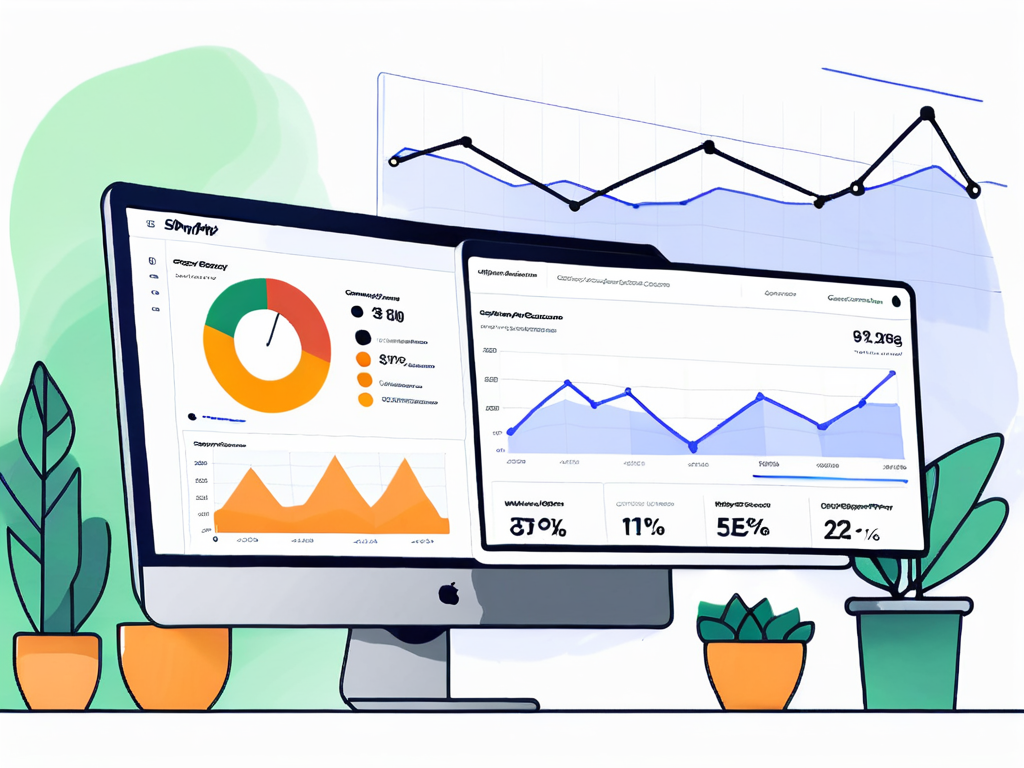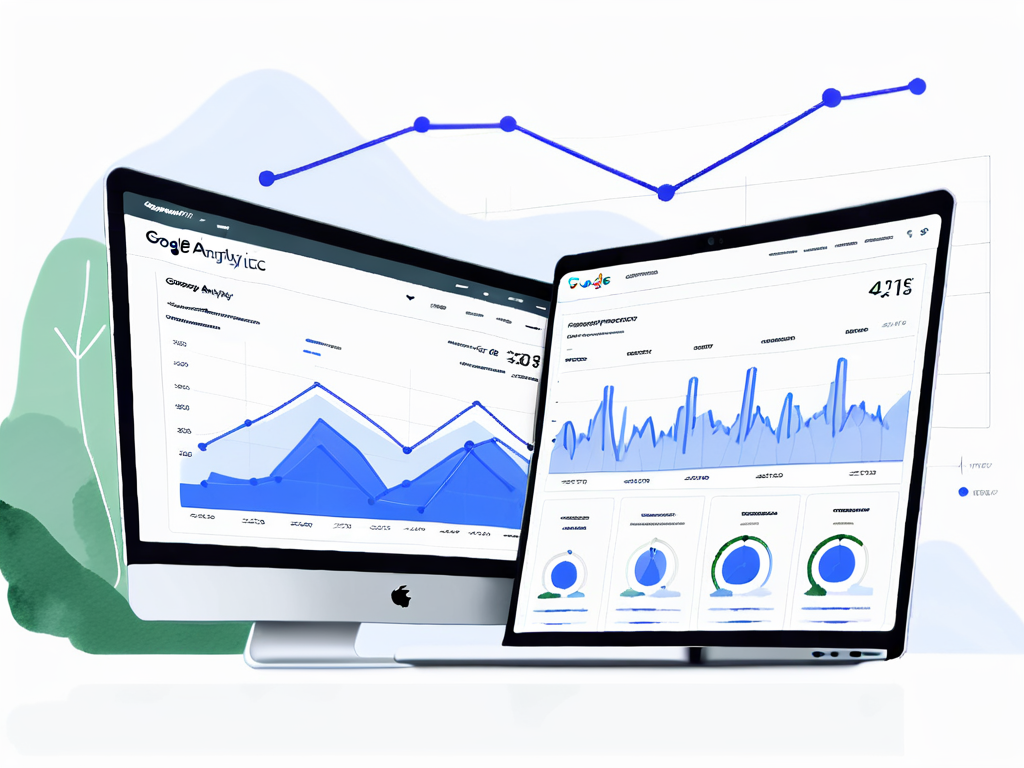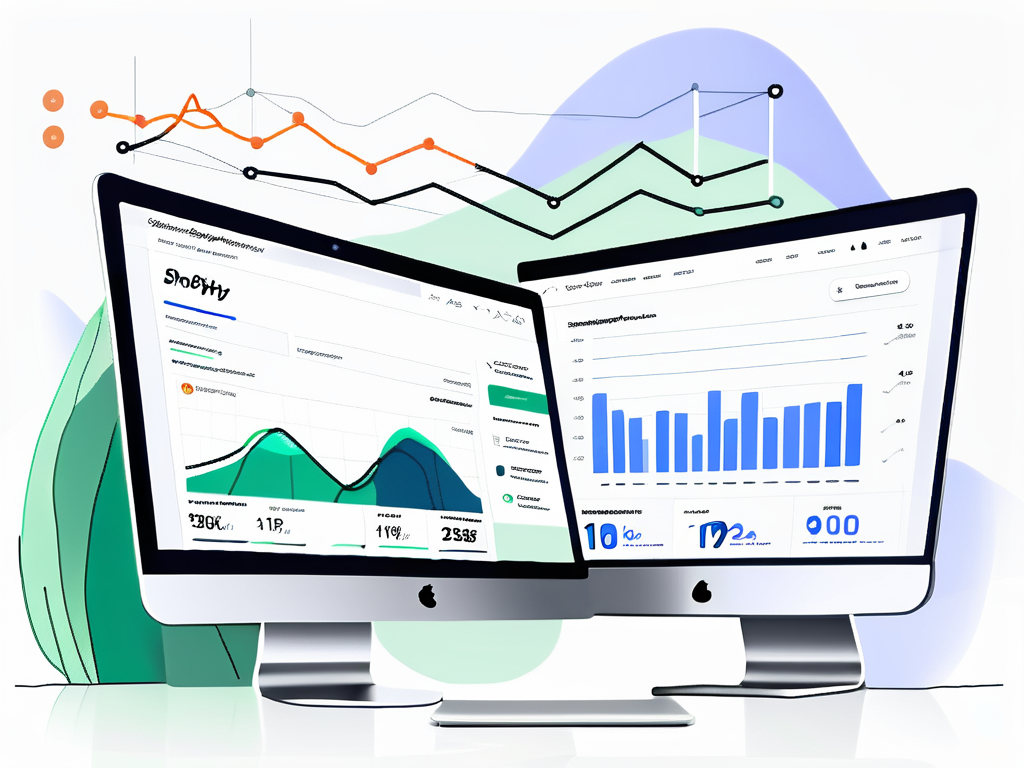
Uncover the power of Shopify Google Analytics and revolutionize your e-commerce business with in-depth insights and data-driven decision-making.
Shopify Google Analytics
Google Analytics is a powerful tool that can provide valuable insights into the performance of your Shopify store. By understanding the basics and leveraging its features, you can gain a deeper understanding of your website traffic, track conversions, improve SEO, and measure the effectiveness of your marketing campaigns. In this article, we will explore various aspects of using Google Analytics on Shopify and provide you with advanced tips and tricks to maximize its potential.
Understanding the Basics of Google Analytics for Shopify Stores
Before delving into the specifics, it is important to grasp the fundamentals of Google Analytics for Shopify. This section will provide an overview of the key concepts, such as tracking code implementation, goals, and acquisition metrics. Understanding these basics will form the foundation for effectively utilizing Google Analytics on your Shopify store.

One of the most crucial aspects of Google Analytics for Shopify is the tracking code implementation. This code is a snippet of JavaScript that you add to your Shopify store's website. It allows Google Analytics to collect data on your website visitors' behavior, such as page views, clicks, and conversions. By correctly implementing the tracking code, you can gain valuable insights into how users interact with your site and make data-driven decisions to improve its performance.
Setting up goals in Google Analytics is another essential step for Shopify store owners. Goals help you track specific actions that users take on your website, such as making a purchase, signing up for a newsletter, or completing a contact form. By defining and monitoring these goals, you can measure the effectiveness of your marketing campaigns, optimize your website for conversions, and ultimately increase your revenue. Understanding how to set up and analyze goals in Google Analytics is key to unlocking the full potential of your Shopify store's performance tracking.
Setting up Google Analytics on your Shopify website is not only crucial but also highly beneficial for understanding your website's performance and customer behavior. By tracking key metrics such as traffic sources, user demographics, and conversion rates, you can make informed decisions to optimize your online store and drive more sales.Creating a Google Analytics account is the first step in this process. It involves signing up for a free account on the Google Analytics platform and providing basic information about your website. Once your account is set up, you will be able to generate a unique tracking code that needs to be added to every page of your Shopify store. This code is what enables Google Analytics to collect data and provide you with valuable insights into your website's performance.Integrating the tracking code with your Shopify store is a straightforward process that can be done through the Shopify admin panel. Simply paste the tracking code into the designated section, and Google Analytics will start collecting data from your website. It is essential to configure your account settings properly to ensure accurate tracking and reporting. This includes setting up goals, enabling e-commerce tracking, and customizing reports to focus on the metrics that matter most to your business.Google Analytics is a powerful tool that provides website owners with valuable insights into their online audience. In addition to the basic metrics like visits, pageviews, and bounce rate, Google Analytics also offers more advanced features such as goal tracking, conversion tracking, and event tracking. By setting up goals and tracking conversions, you can measure the effectiveness of your website in terms of lead generation, sales, or any other desired outcome. Event tracking allows you to monitor specific user interactions on your website, such as clicks on buttons, downloads of files, or video views, providing a more detailed understanding of user engagement.Furthermore, Google Analytics provides demographic data about your website visitors, including their age, gender, interests, and geographic location. This information can help you tailor your content and marketing strategies to better target your audience. By analyzing user behavior flow, you can identify the most common paths users take on your website and pinpoint any potential bottlenecks or areas for improvement. Utilizing the custom reporting feature in Google Analytics, you can create personalized reports that focus on the metrics most relevant to your business goals. With all these tools and reports at your disposal, you can make informed decisions to optimize your website and enhance the overall user experience.Utilizing Google Analytics to Track Conversions on Shopify
Tracking conversions is essential for measuring the success of your Shopify store. This section will guide you through the process of setting up goals in Google Analytics to track key actions, such as purchases, newsletter sign-ups, or form submissions. We will also explore how to leverage advanced features like enhanced ecommerce tracking to gain a deeper understanding of your customers' purchase journey.
Setting up goals in Google Analytics is a crucial step in understanding the effectiveness of your marketing efforts. By defining specific actions as goals, you can track the conversion rate and see which channels are driving the most valuable traffic to your Shopify store. For example, you can set a goal to track the number of visitors who make a purchase after clicking on a Facebook ad. This data can help you optimize your ad campaigns and allocate your budget more effectively.
Enhanced ecommerce tracking takes conversion tracking to the next level by providing detailed insights into the entire customer journey. With this feature, you can track not only when a purchase is made but also the specific products that were viewed, added to cart, and purchased. By analyzing this data, you can identify trends in customer behavior, optimize your product offerings, and personalize the shopping experience for your customers. Implementing enhanced ecommerce tracking requires adding additional code to your Shopify store, but the valuable insights gained are well worth the effort.
Improving SEO for Your Shopify Store Using Google Analytics
Google Analytics can be an invaluable tool for improving the SEO of your Shopify store. This section will explain how to uncover keyword insights, analyze organic search traffic, and track SEO performance metrics. By utilizing these insights, you can refine your SEO strategy and enhance your store's visibility in search engine results.
One key feature of Google Analytics is the ability to track user behavior on your website. By analyzing user interactions such as page views, time spent on site, and bounce rates, you can gain valuable insights into how visitors are engaging with your content. This data can help you identify high-performing pages that drive organic traffic and optimize underperforming pages to improve their search visibility.
Furthermore, Google Analytics provides detailed reports on the demographics and interests of your website visitors. Understanding the characteristics of your target audience can help you tailor your SEO strategy to better meet their needs and preferences. By creating content that resonates with your audience, you can attract more organic traffic and improve your store's overall performance in search engine rankings.
Creating Custom Reports in Google Analytics for Shopify
In this section, we will dive into the custom reports feature of Google Analytics. Custom reports allow you to analyze specific metrics and dimensions that are most relevant to your Shopify store's goals and objectives. We will provide step-by-step instructions on creating custom reports and highlight some useful report templates for ecommerce businesses.

Leveraging Google Analytics E-commerce Tracking on Shopify
E-commerce tracking in Google Analytics enables you to gain in-depth insights into your Shopify store's sales performance. This section will explain how to set up e-commerce tracking, track product performance, analyze shopping behavior, and identify opportunities for upselling and cross-selling. By leveraging these features, you can optimize your product offerings and drive revenue growth.
Integrating Google Analytics with Shopify Apps for Enhanced Insights
Integrating Google Analytics with Shopify apps can unlock additional insights and further enhance your data analysis capabilities. This section will explore popular Shopify apps that integrate seamlessly with Google Analytics, such as marketing automation tools, abandoned cart recovery apps, and customer segmentation apps. We will discuss how these integrations can provide valuable insights and help you drive sales growth.

Advanced Tips and Tricks for Using Google Analytics on Shopify
In this section, we will share advanced tips and tricks to further enhance your use of Google Analytics on Shopify. From utilizing custom dimensions and metrics to creating advanced segments and implementing event tracking, we will provide you with valuable insights and techniques to extract actionable data and improve your Shopify store's performance.
Measuring Marketing Campaigns Effectiveness with Google Analytics on Shopify
Measuring the effectiveness of your marketing campaigns is crucial for optimizing your marketing efforts. In this final section, we will explore how to track and analyze the performance of your marketing campaigns using Google Analytics. We will discuss the various campaign tracking parameters, set up custom campaign tracking, and utilize attribution models to determine which marketing channels are driving conversions.
In conclusion, Google Analytics is an indispensable tool for Shopify store owners. By understanding its basics, setting it up correctly, and leveraging its features effectively, you can gain valuable insights into your website traffic, track conversions, improve SEO, and measure the effectiveness of your marketing campaigns. By following the tips and tricks outlined in this article, you can unlock the full potential of Google Analytics and drive the success of your Shopify store.





